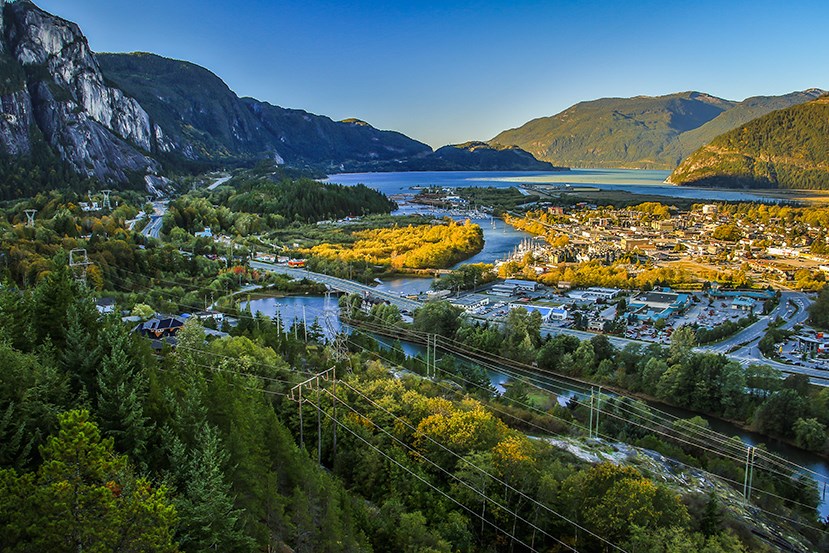Some water meter rates are expected to rise after the District found out it's been undercharging some establishments.
The District will be upping its rates on multi-family complexes using meters, though this new payment structure is supposed to be still cheaper than non-metered billing.
"It's higher per cubic meter, not necessarily higher at the end of the day," said Coun. Doug Race.
The affected complexes are the Cedars and Squamish Manor; the Solterra development on 1211 Village Green Way and One Tree Hill, on 3210 Mamquam Road.
These are the three multi-family complexes that shifted to metered billing.
Staff says that the under-billing of these properties was substantial. Collectively, the three complexes paid $16,099 in 2017.
Under the old fixed flat rates, they would've paid a much steeper price — $68,238, altogether.

As a result, staff is proposing to create a flat payment, then start stacking a per-cubic-meter fee on top once that value has been exceeded.
The base fee will be calculated at 35 per cent of the annual flat multi-family complex payment per unit, which is updated annually.
Using 2017 numbers as an example, this would be $145 to start, then an additional $1.30 per cubic metre once that starting number is exceeded.
Councillors gave staff the green light to start working on the new payment structure but also asked that the changes for the Cedars and Squamish Manor be phased in gradually over two years.
Those establishments house seniors, who are particularly vulnerable to tax hikes, they said.
"I recognize that many of these residents are on fixed income, and so while it doesn't seem like a large jump — [about] $60 in one year — that can be problematic for many people," said Mayor Karen Elliott.
The new payment structure will likely have an impact beyond just these three facilities. The District is considering installing water meters on more multi-family complexes in the future.
Authorities will also be studying water usage and will likely make future billing changes as more information becomes available.
Altogether, 14 properties in the District are billed by a meter. More properties are expected to be subject to this system.
The challenge for water meter billing, said Race, is that lower water usage in of itself doesn't reduce costs for the whole system.
Rather, the savings result from the fact that infrastructure doesn't have to expand as much and as quickly.
Staff are also considering a new method of billing frontage — also known as parcel — taxes. As of now, there's a $33 and a $40 fee for water and sewer respectively, for each parcel of land.
The District wants to bill it instead as a percentage of each residential unit's utility bill.
This change is intended to make it easier for administrative purposes, and staff say it shouldn't affect total homeowner utility costs.
Finally, changes are also underway for some water billing categories.
In some cases this has resulted in increases in some non-metered flat fees.
Stores, banks, theatres, offices, office buildings, public halls, clubs, medical clinics under 1,000 square feet will now pay $424 per year, up from the current rate of $277.
This category also includes all other commercial facilities of the same size not specifically listed throughout the bylaw.
Staff say some changes were also made in terms of fairness.
For example, barber shops will now have to pay just as much as beauty parlours. Previously, they were being charged $208 per year, plus $145 for every chair over one.
Now, just like the parlours, they'll be paying $424 per year, plus $208 for every chair over one.
There were also a slew of updates to sewer rate categories as well.



